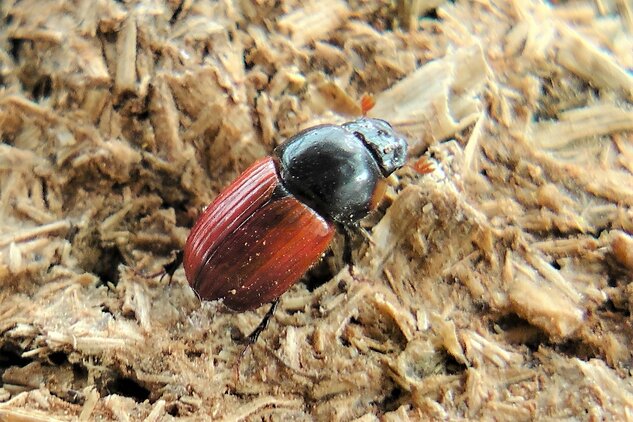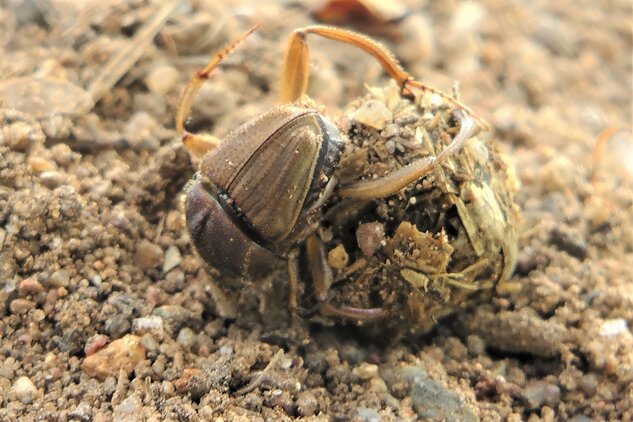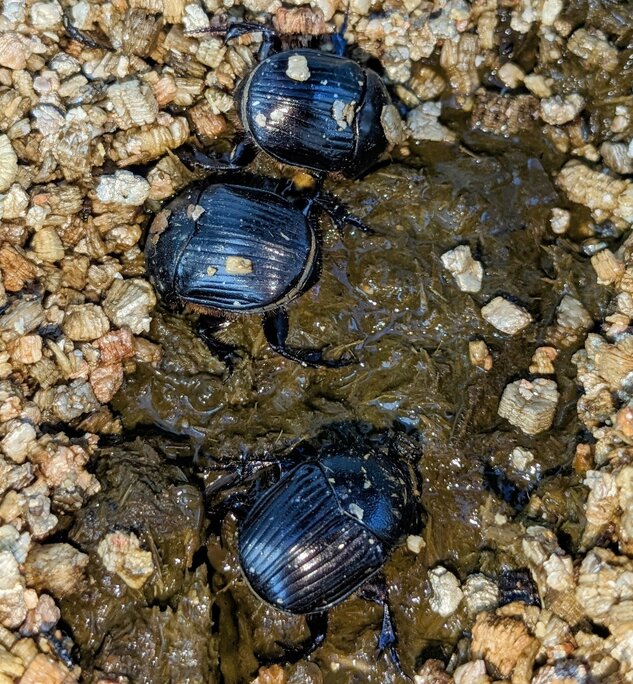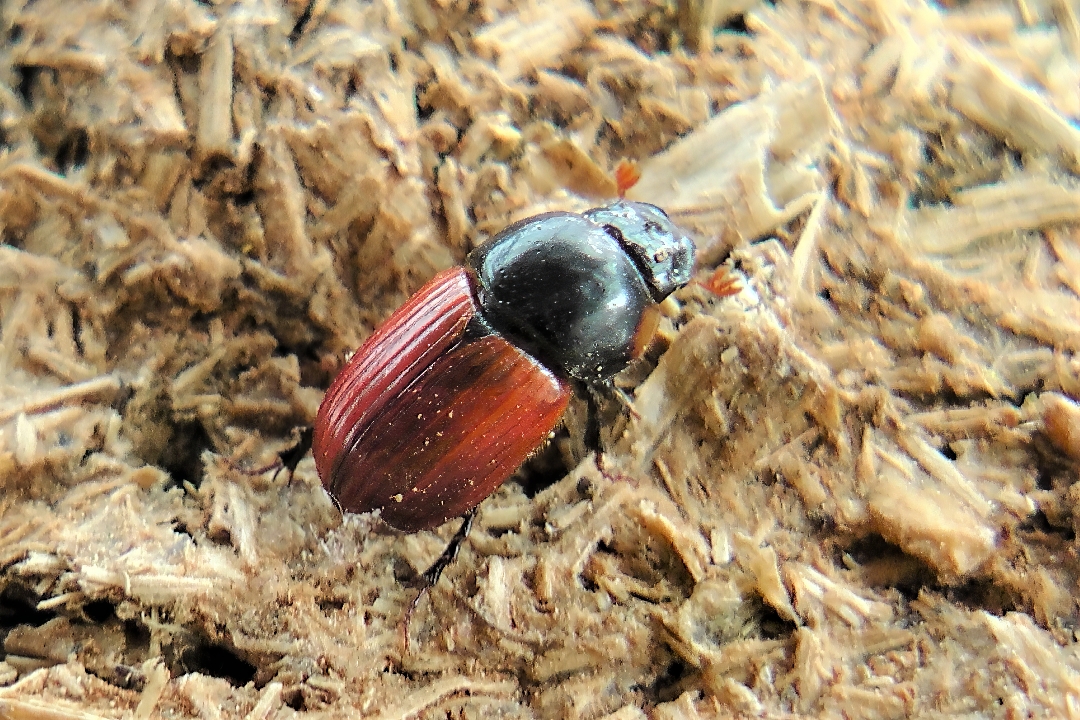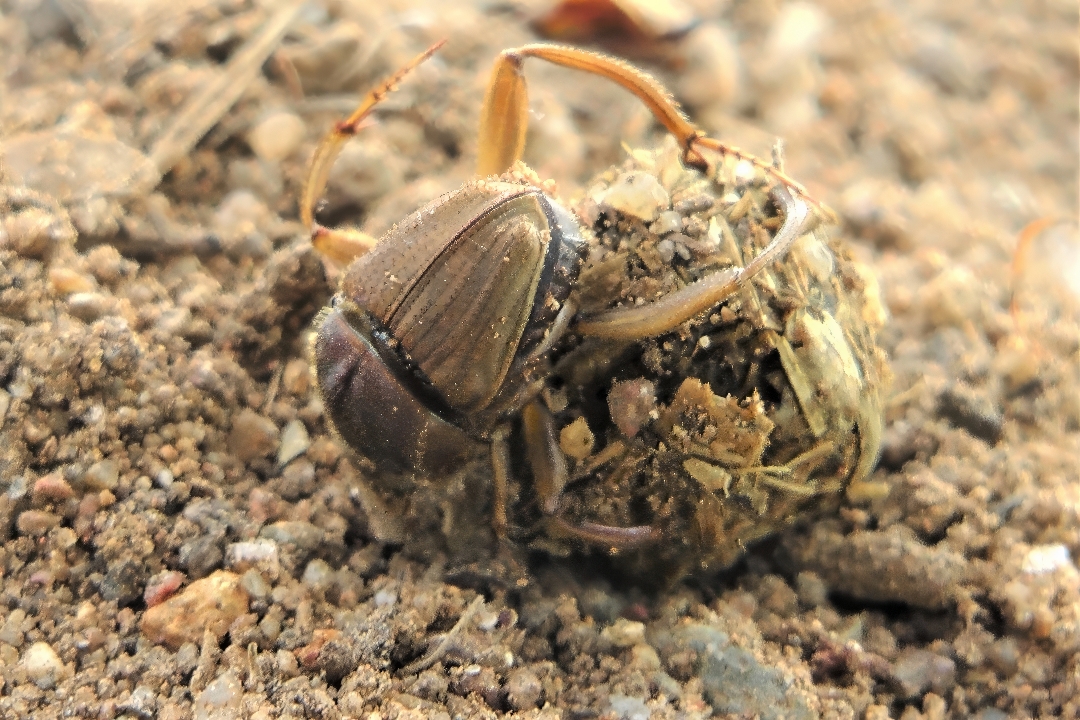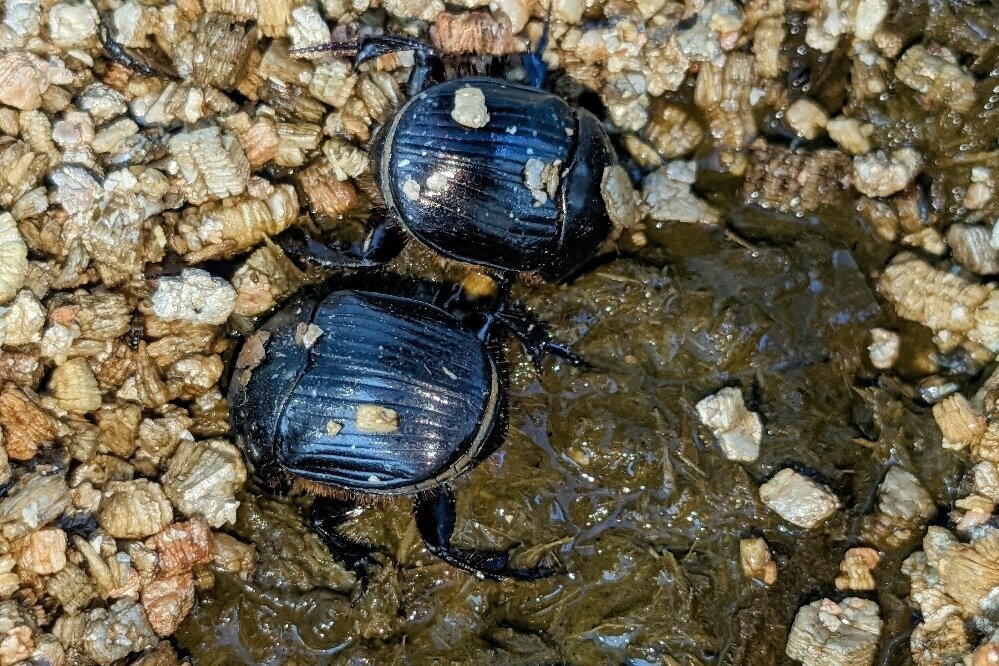
Small but mighty: The Impact of Dung Beetles
Dung beetles are nature's nutrient cyclers. By processing dung they help recycle nutrients and carbon into the soil profile, reduce compaction, increase aeration and water infiltration and reduce the potential for nutrient and soil wash off following rainfall events. The aeration and burying of dung also has an impact on animal health (reducing pest flies and parasites). By integrating dung beetles into your farm's ecosystem, you'll not only improve soil fertility and structure but you will also be proactively supporting a more sustainable and climate-friendly farming future.
The Scope of Dung Beetles in Australia
Found on every continent (except Antarctica), there are more than 5,000 species of dung beetles worldwide and over 500 species of native dung beetles to Australia.
Whilst native species make use of the fibrous pelleted dung of Australian mammals, most are unable to cope with the large quantities of dung produced by introduced livestock, particularly cattle.
To begin filling the gap, a number of dung beetle species from overseas have been imported and strategically distributed throughout Australia.
Learn more
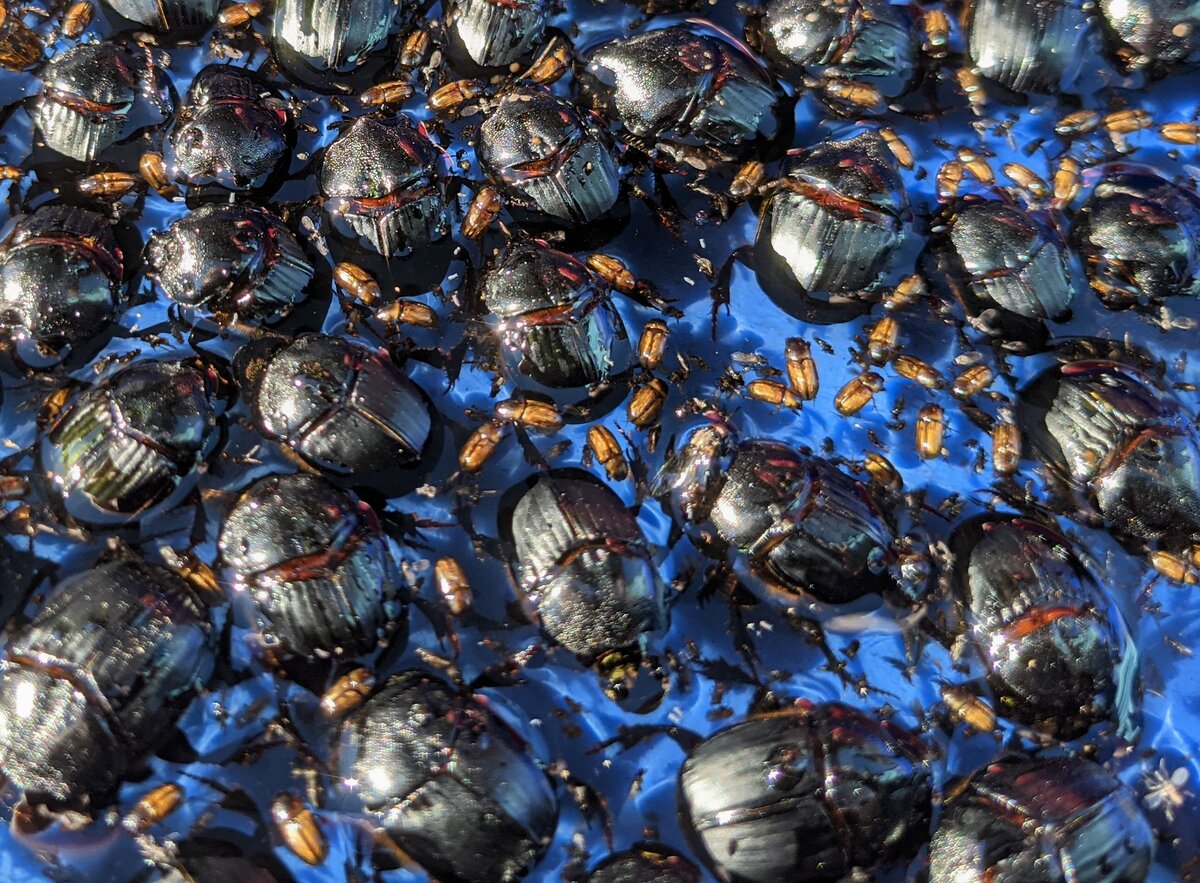
Dung Beetle Species
Dung beetles are often categorised by the way they process animal manure. These groups are Dwellers, Rollers, and Tunnelers. All three feed on the liquid part of the dung, filtering the microbial protein rich soup. In this process they break down and dry out the dung, reducing the opportunity for fly and gut nematode larvae to develop.
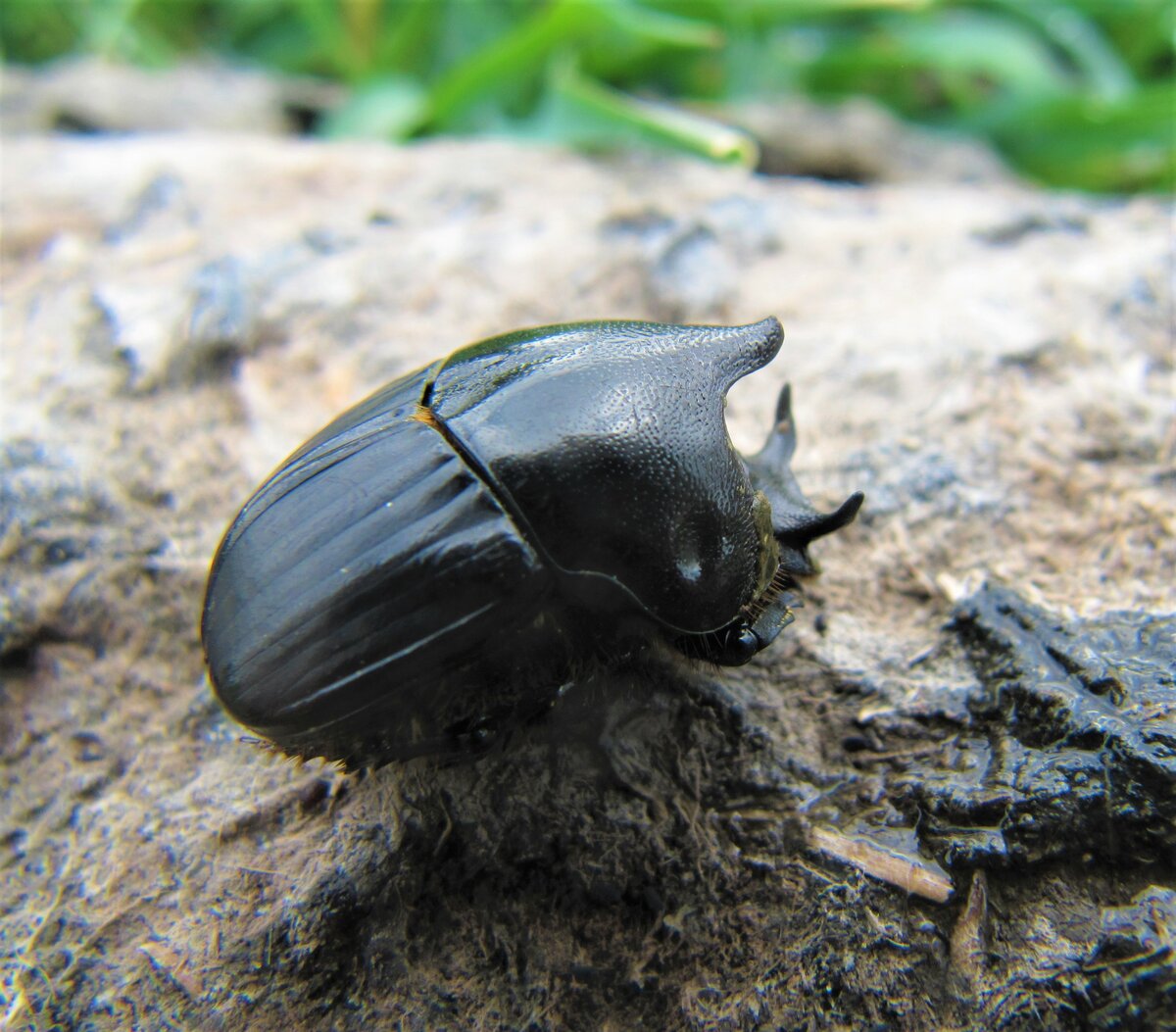
Learn more about Australia’s history with dung beetles.

Already have dung beetles on your property? Use our ID My Beetle tool to find out who is on your property. Answer four quick questions, and learn what dung beetles you have in your hand.
Discover which beetles call your property home.
ID My Beetle

